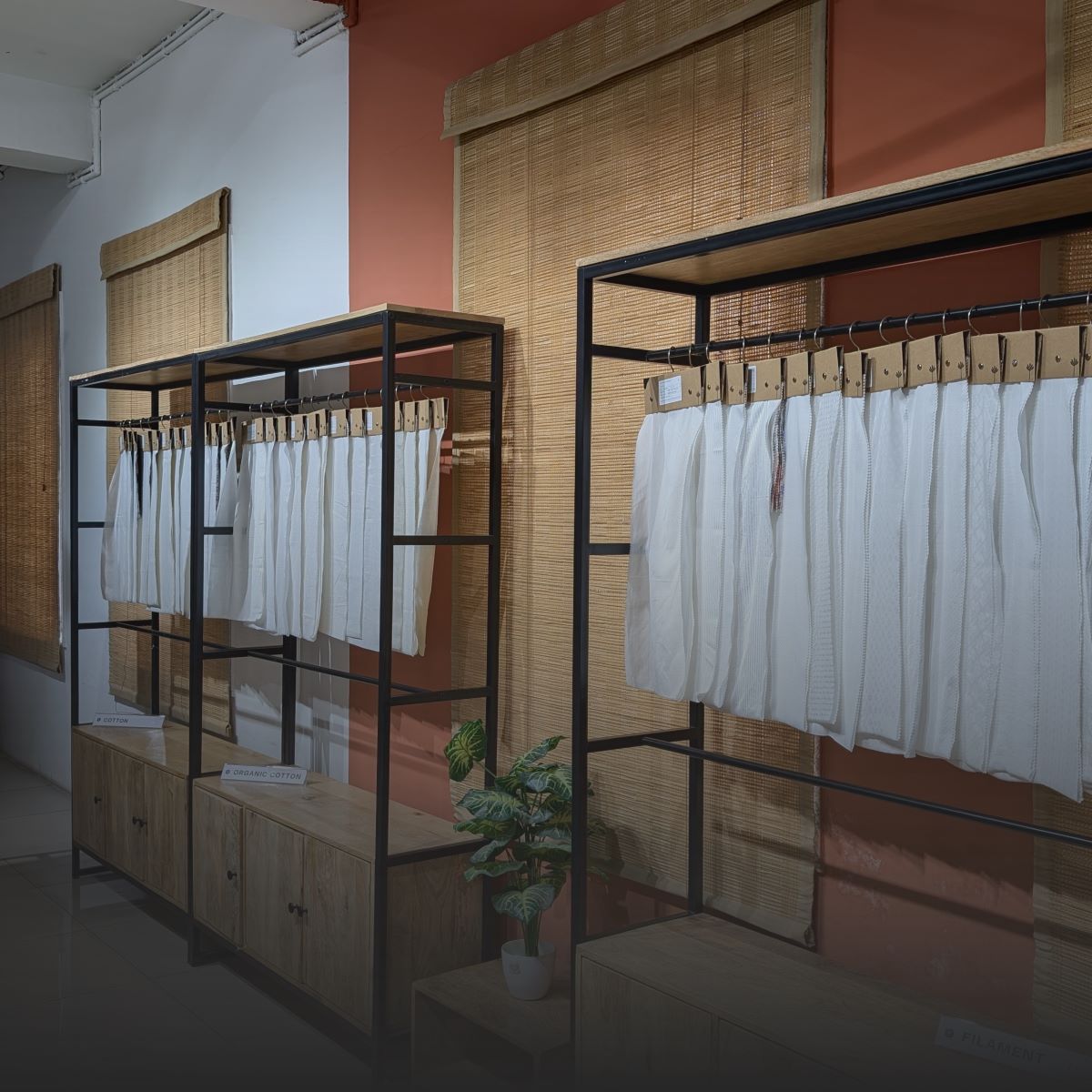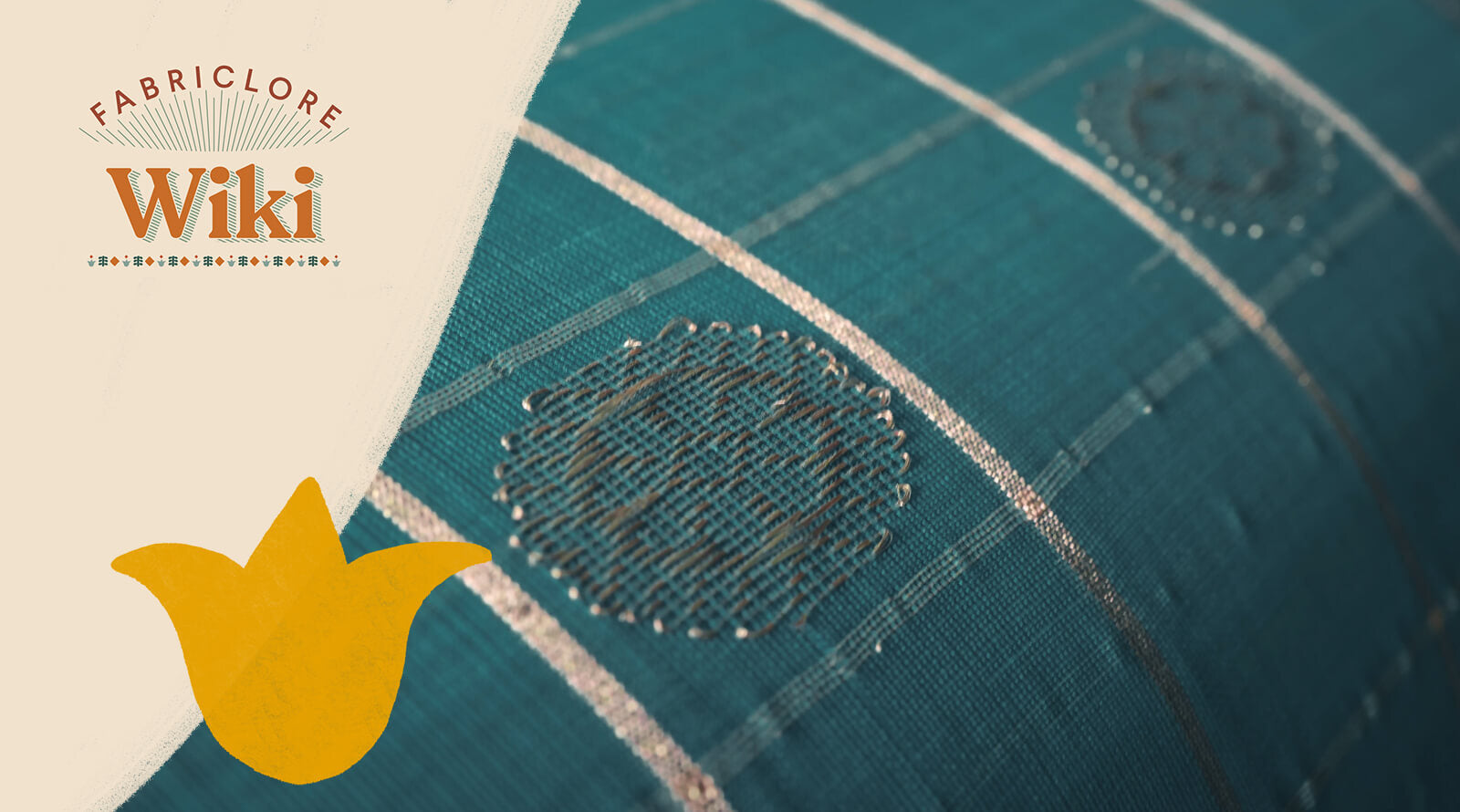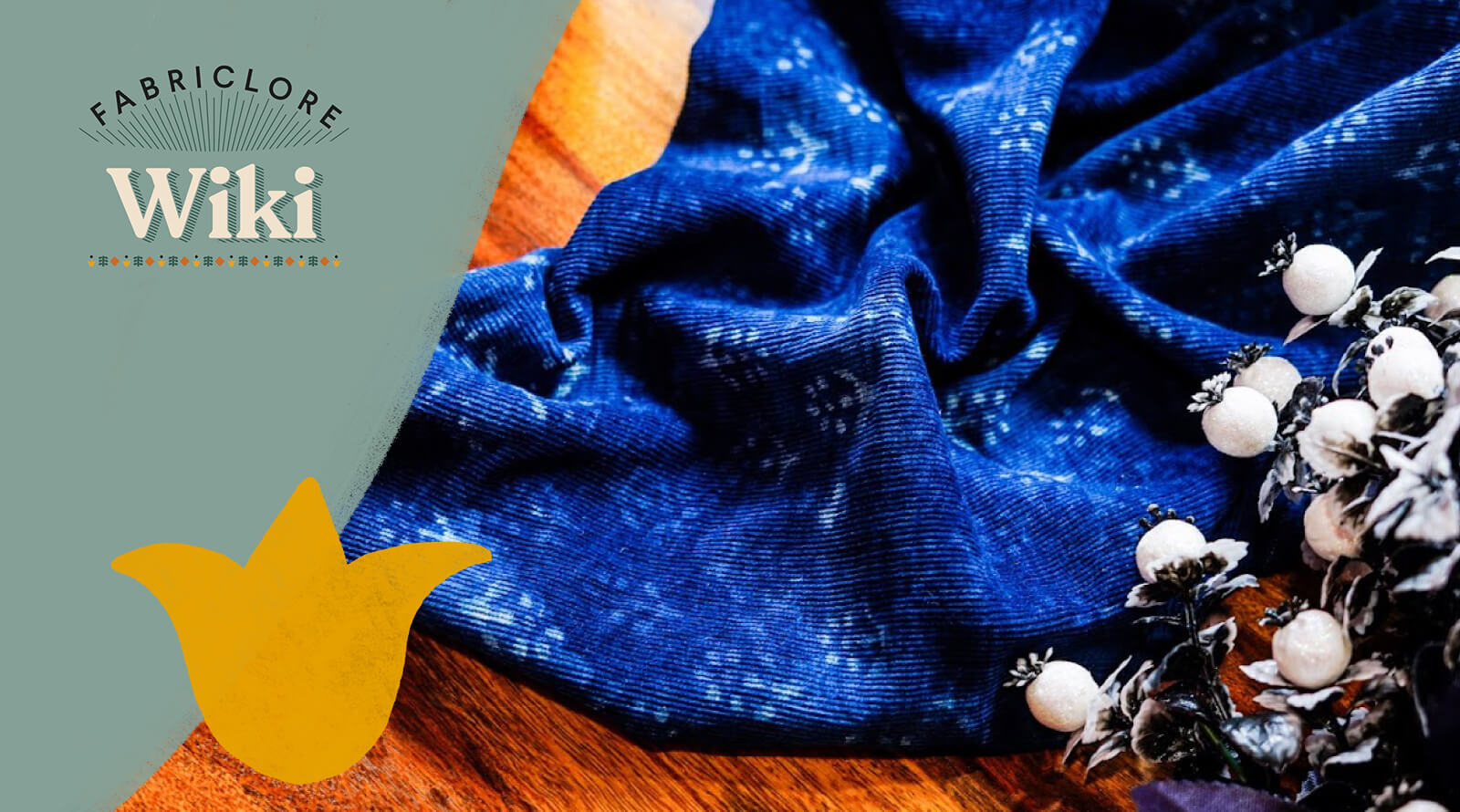Introduction to Georgette Fabric
- Georgette fabric has a unique crinkled texture and is lightweight.
- Perfect for traditional attire such as sarees and evening dresses.
- keeps structure while producing feminine, flowing, and soft shapes.
- It is suitable for both formal and informal attire.
- adaptable, classic and combines comfort and style.
- Designers like it because of its beautiful and polished appearance.

History of Georgette Fabric
- Early in the 20th century, georgette fabric was developed.
- The name is a tribute to Georgette de la Plante, a French designer.
- became well-liked when formal, stiff fashion gave way to more flowing, easy styles.
- originally composed of silk.
- High fashion designers in Paris quickly adopted it because of its airy and refined vibe.
- marked a dramatic shift in the fashion industry at the time.
What is Georgette Fabric?
- Lightweight and somewhat transparent, georgette is a fabric.
- made from synthetic materials like nylon, polyester or silk.
- known for having a unique crinkly appearance.
- gives off a refined yet useful atmosphere.
- well-known for producing flowing forms and beautiful curtains.
- a popular option for numerous types of attire.

Types of Georgette Fabrics:
|
Type of Georgette |
Composition |
Characteristics |
|
Silk Georgette |
100% Silk |
Expensive and luxurious, with a smooth and soft texture, a natural sheen and some wrinkled look. frequently used for sarees and evening dresses. |
|
Polyester Georgette |
Polyester fibers |
Easy to maintain, long-lasting, wrinkle-resistant and perfect for daily use. |
|
Chiffon Georgette |
Blend of silk and nylon or polyester |
More transparent, flowy, airy and finer texture; frequently used for delicate overlays or drapes. |
|
Nylon Georgette |
Nylon fibers |
Smooth to the touch, long-lasting, slightly glossy and still crinkly, making it perfect for casual clothing like scarves, skirts and blouses. |
|
Cotton Georgette |
Cotton fibers mixed with synthetic fibers |
Breathable, cooler to wear, frequently used for dresses, kurtas and tops for casual use in warm climes. |
|
Viscose Georgette |
Viscose (semi-synthetic, made from wood pulp) |
Eco-friendly, lightweight, glossy, soft to the touch, reasonably priced and sophisticated. utilized in a variety of clothing items. |
|
Stretch Georgette |
Mix of georgette and spandex or elastane |
For comfort and flexibility, a little stretch is often utilized in bodycon dresses and other clothing that requires more movement. |
|
Printed Georgette |
Can be made from silk, polyester |
Printed with geometric prints, floral motifs or abstract designs. Suitable for scarves, blouses and dresses. |
|
Dyed Georgette |
Various fibers (silk, polyester, viscose) |
Popular for brightly colored formal clothes, solid-hued dyes provide a continuous tone. |
|
Embroidered Georgette |
Often made from silk or polyester |
Includes embroidery or embellishments such as threadwork, beads or sequins. characteristic of ethnic clothing such as salwar kameez and sarees. |
Physical Properties of Georgette Fabric:
|
Property |
Details |
|
Weight Characteristics |
|
|
Draping Properties- |
|
|
Sheerness and Opacity |
|
|
Texture Elements |
|
|
Moisture Management |
|
Chemical Properties of Georgette Fabric:
|
Chemical Property |
Details |
|
Fiber Composition |
|
|
Resistance to Chemicals |
|
|
Flammability |
|
|
Dyeing and Color Retention |
|
|
Moisture Absorption |
|
|
Resistance to UV Radiation |
|
|
Elasticity |
|
|
Water Sensitivity |
|
|
Chemical Reaction to Heat |
|
|
Resistance to Mildew and Mold |
|
Why Choose Georgette Fabric?
|
Category |
Benefits and Advantages |
|
Outstanding Breathability |
|
|
Exceptional Lightweight Nature |
|
|
Non-Clingy Characteristics |
|
|
Extended Wear Comfort |
|
|
Movement Adaptability |
|
|
Superior Draping Quality |
|
|
Versatile Design Potential |
|
|
Print and Dye Versatility |
|
|
Easy Maintenance |
|
|
Surprising Durability |
|
|
Wrinkle Resistance |
|
|
Superior Color Retention |
|
How to Care for Georgette Fabric
- Silk georgette fabric in particular needs to be handled carefully.
- Silk georgette can be dry cleaned or hand washed in cool water with less detergent.
- With a mesh bag, synthetic georgette can be machine-cleaned on a gentle cycle.
- Always use the opposite side when ironing in water or low temperatures.
- Keep georgette away from sharp items.
- Fold it in a breathable bag or put it on cushioned hangers.
- To maintain its quality, keep it out of direct sunlight and in a cool.

Application and Uses of Georgette Fabric:
|
Application |
Description |
|
Women’s Clothing |
|
|
Bridal Wear |
|
|
Evening and Party Wear |
|
|
Casual Wear |
|
|
Home Decor |
|
|
Layered and Textured Designs |
|
|
Special Occasion Wear |
|
Advantages of Georgette Fabric
- Breathable, lightweight and comfortable in warm weather.
- A silky, velvet texture that is appealing to the skin.
- Suitable for blouses, skirts and dresses, this flowing drape.
- Compatible with both professional and informal attire.
- keeps vivid colors effectively and is simple to dye.
- The polyester variant that resists wrinkles requires less maintenance.
- Ideal for both big events and daily wear.
Disadvantages of Georgette Fabric
- Georgette needs to be ironed regularly because it wrinkles easily, especially silk.
- instead of transparent; for modesty, a lining might be necessary.
- sensitive fabric that needs to be handled carefully because it can snag or tear.
- When compared to synthetic alternatives, silk georgette can be more costly.
- can eventually fade, particularly in lighter colors.
Sustainability and Environmental Impact of Georgette Fabric
- Both polyester and silk which have environmental issues, can be used for producing georgette fabric.
- While silk is biodegradable, its production involves substantial energy and water consumption and presents ethical questions.
- Petroleum is the source of polyester which is not recyclable and harmful.
- Biodegradable polyester and organic cotton are environmentally friendly alternatives that are currently being studied to reduce their harmful impact on the environment.

Conclusion
Georgette fabric is a stylish and flexible choice for a wide range of clothing. Polyester georgette is more durable and easier to maintain while silk georgette has an expensive and sensitive feel. Both materials have an effect on the environment; polyester adds to pollution while silk presents moral questions. The future of georgette could become more environmentally friendly and sustainable options like organic cotton and biodegradable polyester are being researched.




